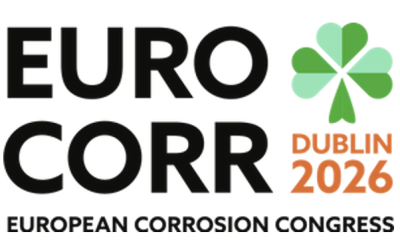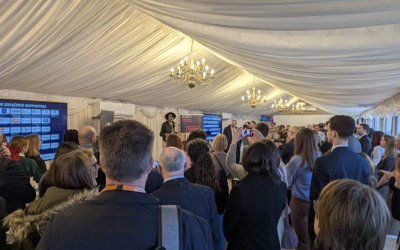The November meeting was held at the Rosen Facility in Gosforth, and Barry Turner gave a presentation entitled, “A review of ISO 21809-3 standard for field joint coating”. Barry has over 30 years’ experience in industrial coatings and plastics for the oil and gas and water industry. He has a strong technical background with experience in sales, marketing, development and technical service positions, and is an active participant in ISO standardisation development for pipeline coatings as UK nominated expert.
ISO 21809-3 is becoming the recognised standard for the qualification and testing of field joint coatings on steel pipelines in the Oil and Gas sector. Barry presented his personal review of the 2016 revision of the standard and tried to put some light on the standard development process and explain the different material classes and associated issues and concerns. The presentation started with a historical look at the qualification of field joint coatings (FJC), viz:
DIN 30672-1 (2000) – Joint DIN/DVGW developed standard for tapes and shrinkable materials, with no cathodic protection, and max. temperature 50ºC.
EN 12068 (1999) – developed under CEN leadership for tapes and shrinkable materials, with cathodic protection, material defined maximum temperature, and offshore and “special situations” are excluded.
NF A49-716 (1998) – replaced by EN 10329 in 2006. Covers 8 different coating types, as very diverse materials unable to standardise requirements. End user to chose coating type. (EN 10329 based on similar philosophy to 49-716).
The presentation then moved on to the dominant standard in North America, CSA Z245.30 (2014) developed by Canadian Standards, and which is a mandatory requirement in Canada for FJC, but also for field applied coatings in general, covers 7 material classes. It also defines responsibilities of each party involved in a coating job and the qualification of materials, application procedures and individuals as applicators. ISO 21809-11 is new and currently being drafted and will similarly be for field applied coatings but looking more toward external coating’s rehabilitation in the field. The bulk of the discussion held was on the ISO 21809 standard and especially the different coatings classes, ie., Part 1, Polyolefin coatings (3-layer PE and 3-layer PP) and currently under revision; Part 2, Single layer fusion bonded epoxy coatings; Part 3, Field joint coatings; Part 4, Polyethylene coatings (2 layer PE) ; Part 5, External concrete coatings ; Part 6, Dual layer and Multi layer fusion bonded epoxy coatings (NEW, currrently in development);
and Part 11, Coatings for in-field application, coating repairs and rehabilitation.
Everyone that attended found the talk very informative and resulting in a lot of discussion.



